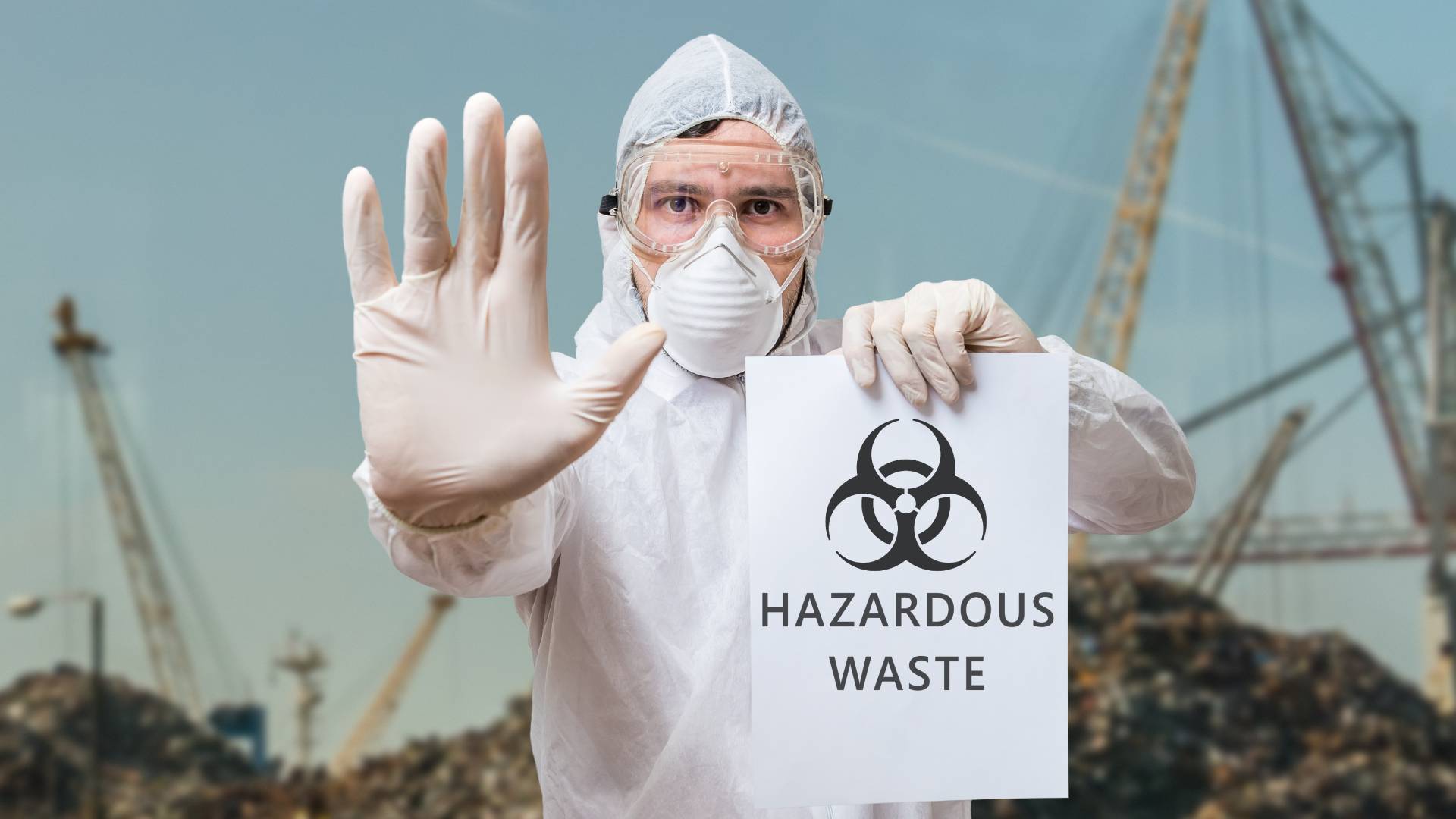How To Label and Store Hazardous Waste in Your Facility

If your facility generates hazardous waste, you need to know how to dispose of it properly. Effectively managing hazardous waste is a critical duty that every factory or mill owes to its workers and community. Improper handling of such waste poses significant risks to employee and community health, the Earth’s ecosystem at large, and a company’s brand and bottom line. Here’s how to label and store hazardous waste in your facility to remain in compliance and protect both your people and the planet.
Use Standardized Hazard Labels
Every hazardous waste container must display a clear, legible label defining its contents and category. There are four main characteristics of hazardous waste, so indicate whether the waste is ignitable, corrosive, reactive, or toxic. Standardized symbols and terminology approved by the EPA (Environmental Protection Agency) and other agencies ensure easy identification and help your team meet compliance standards.
Include Detailed Information
Each container label should specify the date the waste was stored, the company’s name and address, and any applicable storage codes. This information helps waste-disposal companies safely manage the material and verify compliance.
Update Labels Regularly
Keep labels accurate and up-to-date. When waste is added to a container or new regulations are put into effect, immediately update all labels to reflect such changes.
Choose the Right Containers
Always use containers designed to safely store specific hazardous materials. Corrosive waste containing acids and bases requires nonreactive containers made of glass or inert plastic. Metal containers may rust or deteriorate over time, releasing their contents into their surroundings.
Securely Seal Containers
Tight-fitting lids keep hazardous waste from spilling, leaking, or releasing toxic gases. Sealing also prevents the waste from encountering moisture, air, and other elements that can cause dangerous reactions.
Designate a Storage Area
Restrict your hazmat storage to dedicated areas far removed from workspaces and high-traffic areas. This minimizes accidental exposure or contamination. Keep the storage space well-ventilated and clearly marked, including signage that explains what employees should do in case of an accident.
Separate Waste Types
Store different waste categories—ignitable, corrosive, toxic, and reactive—separately. Remember to keep hazardous waste far from water sources as well as chemicals that may lead to explosions or the release of harmful gases.
Make Regular Inspections
Subject all hazardous waste containers to routine inspections, seeking out leaks, label degradation, or container damage. Promptly address any signs of deterioration in order to keep the workplace safe.
Those are a few basic strategies for labeling and storing hazardous waste in your facility. Implement these tips to create a safer workplace while staying in compliance and mitigating risks.







